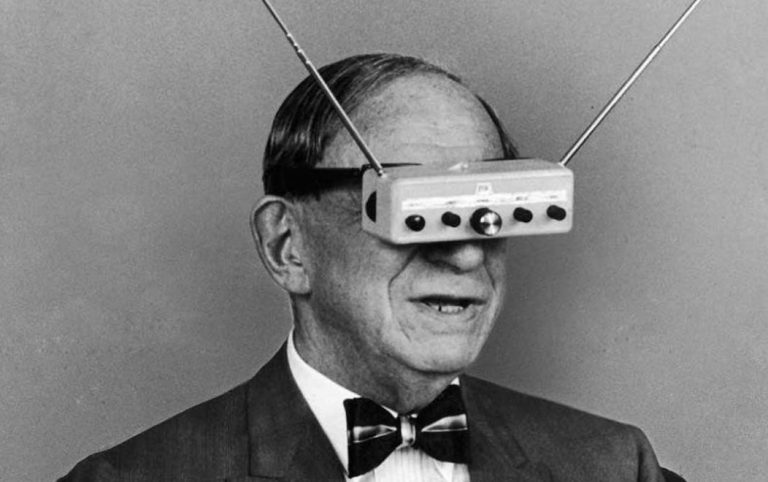The history of payments is best described as a search for simplicity, security and convenience. Coins, banknotes, cheques, payment cards have all been introduced with theaim of making paying for goods and services easier.
Over the past few years, mobile payments technology has launched an assault on these traditional methods by offering consumers a convenient and streamlined payment experience. Within the next five years, 34% of UK consumers expect to use a mobile payments application every day.
With the potential for the technology almost limitless in its ability to provide added value and tailored services, and with the market projected to soon top $1 trillion, what are the technologies and trends shaping the development of mobile payments, and how will we pay in 2020?
Light the Beacons!
For many within the industry, ‘invisible payments’ are the holy grail. This is a completely frictionless experience in which all parts of the payment process – from initialisation and authentication, right through to final confirmation – are seamlessly performed in the background without direct interaction from the consumer or merchant, says Martin Cox, head of Strategic Product Marketing, Rambus Bell ID.
This may sound like we’ve strayed into the realm of sci-fi, but the truth is that in-app invisible payments are already here. For example, Uber enables users to simply get out of the car at the end of the journey, whilst the app seamlessly processes the fare in the background.
The race is now on to make in-store invisible payments a reality, and beacon technology is emerging as the most likely enabler.
Put simply, beacons enable retailers to detect a consumer’s presence in-store by communicating with their connected devices. Danske Bank has pioneered the use of beacons for payments through its MobilePay app, which has close to 3 million users and accounted for 90 million transactions in 2015![]()
Unsurprisingly, Google has gone a step further with the pilot launch of its Hands Free app. This combines beacon and Wi-Fi technology to connect the consumer’s smartphone with the POS system. This enables them to conduct the transaction simply by saying “I’ll pay with Google”.
Google is not alone in the pursuit of hands free payments. PayPal has experimented with beacon technology for several years, and more recently has combined this knowledge with an augmented reality (AR) solution that enables users to easily analyse and pay for products in-store. The wild popularity of Pokémon Go shows the power of well-executed AR products, so watch this space.
Despite these innovations, however, it is unlikely that in-store mobile payments will be truly invisible by 2020, but the gap will have undoubtedly closed. Prepare to say goodbye to long queues at the checkout, because innovations such as beacon technology, means that paying with your smart phone or device will soon require only the most limited interaction.
Rise of the wearables
Smartphones currently dominate mobile payments. With the wearables market set to be worth $34 billion by 2020, however, this supremacy may be short-lived.
There is an interesting dynamic at play between the wearables and payments industry, in that some feel the long-term success of wearable technology is dependent on the successful integration of payment technology.
This is because the current popularity of wearable technology has been based on single application devices, like health and fitness trackers. Manufacturers know, however, that this market has its limitations and additional features must be included to drive mass market adoption. Payments are a key use case that can move wearables from faddish luxury to everyday essential as, in time, consumers will be able to leave their physical wallets and perhaps even smartphones at home.
The big players are already making their moves. Google is hinting strongly that Android Wear will soon support Android Pay, and Fitbit has acquired Coin to accelerate the deployment of NFC technology across its product stable.
We can confidently predict, therefore, that wearable technology will account for a significant portion of the mobile payments market by 2020. Indeed, some analysts have gone as far to say that wearables will have surpassed smartphones as the main method of making a mobile payment. Watch this space.
The author of this blog is Martin Cox, head of Strategic Product Marketing, Rambus Bell ID.
Comment on this article below or via Twitter: @IoTNow_ OR @jcIoTnow










